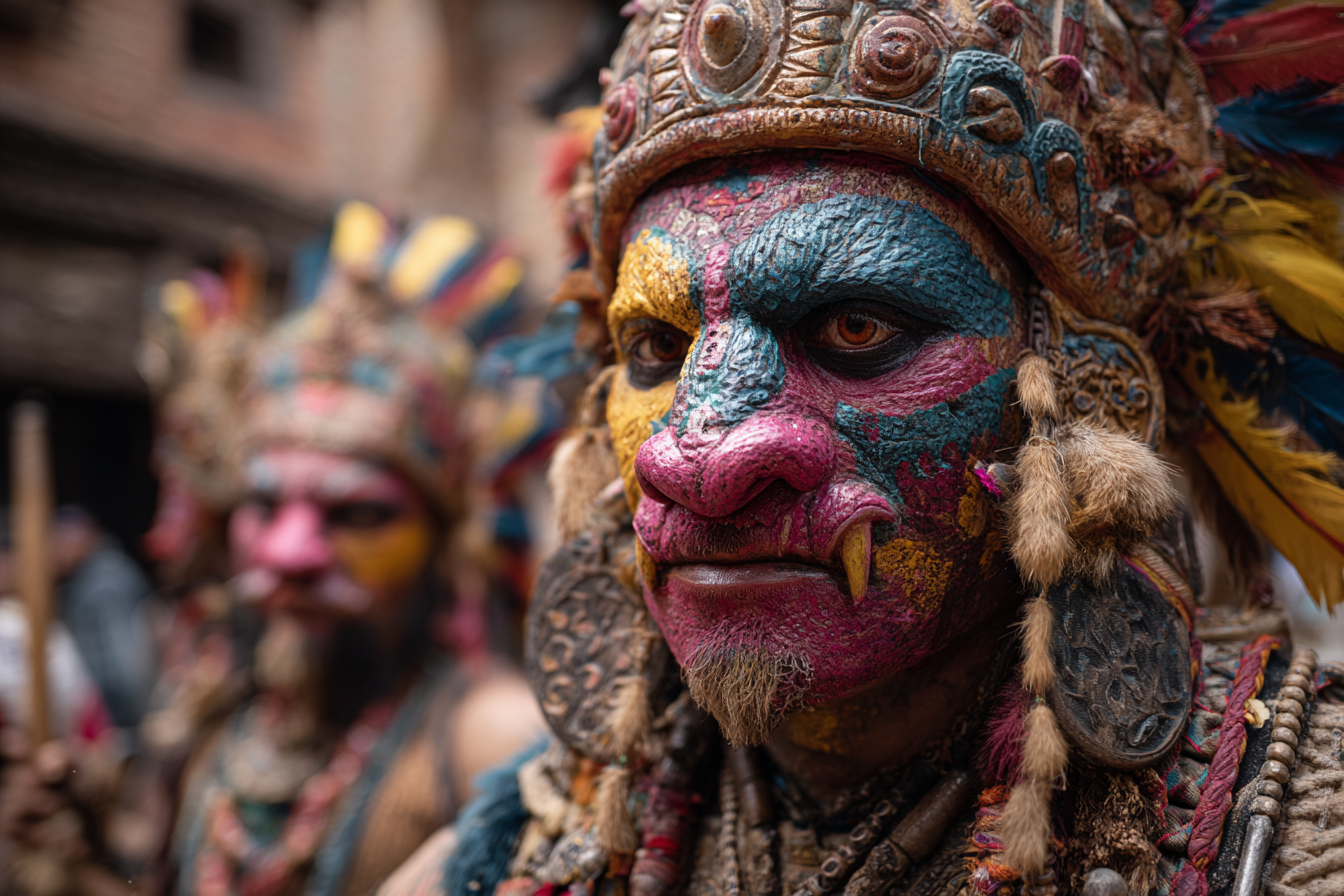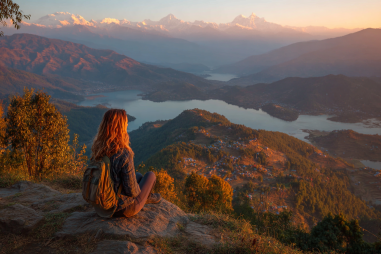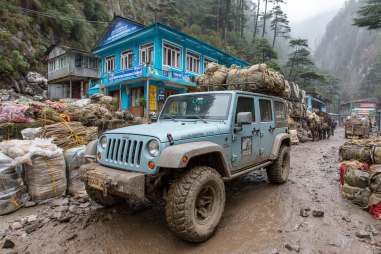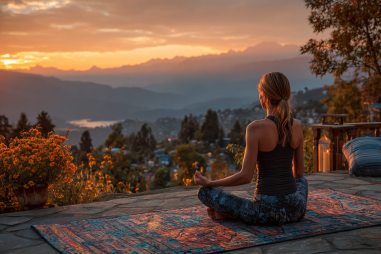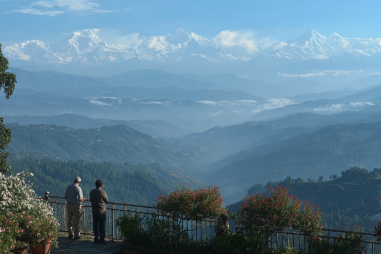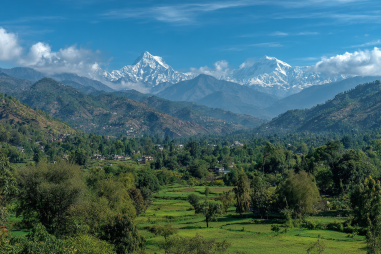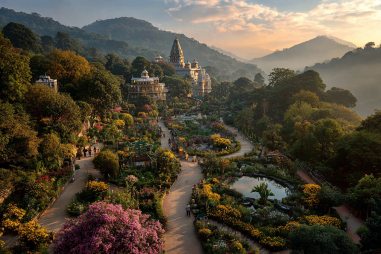Nestled in the heart of Nepal, Patan is a city that breathes history, art, and culture. Known also as Lalitpur, meaning ‘City of Fine Arts’, this ancient city is a treasure trove of heritage, where traditions thrive and history lives on. One of the most vibrant ways to experience Patan’s culture is through its festivals and events, which paint the city with color, sound, and emotion throughout the year. From centuries-old religious ceremonies to lively street celebrations, these festivities offer an immersive window into the soul of the city and its people.
Major Festivals in Patan: Dates and Descriptions
Patan’s festival calendar is filled with events that honor gods, celebrate the seasons, and showcase local customs. Each festival brings the community together and invites visitors to experience cultural richness firsthand. Here are some of the major festivals celebrated in Patan:
- Rato Machhindranath Jatra (April to June): One of the longest and most important chariot festivals in Nepal, this event is dedicated to the rain god Machhindranath. The festival lasts around two months, culminating in a grand procession where a beautifully decorated chariot carrying the deity is pulled through the streets of Patan and Lalitpur. This event is deeply spiritual and is believed to ensure good harvests and favorable weather.
- Bisket Jatra (mid-April): Celebrated to mark the Nepali New Year, Bisket Jatra is famous for its lively chariot pulling, ritual sacrifices, and traditional dances. While it’s closely associated with Bhaktapur, Patan also hosts its unique celebrations during this time, featuring various cultural programs and public gatherings.
- Yomari Punhi (December): This harvest festival celebrates the end of the rice harvest season. The highlight is the preparation and sharing of ‘Yomari,’ a sweet delicacy made of rice flour dough filled with molasses and sesame seeds. Yomari Punhi symbolizes prosperity and the community’s gratitude for a bountiful harvest.
- Gai Jatra (August): Known as the “Cow Festival,” Gai Jatra is a vibrant, humorous event where families who have lost loved ones in the past year participate in a parade wearing colorful costumes, accompanied by cows or people dressed as cows. It’s both a solemn remembrance and a joyful celebration of life.
- Lhosar (February or March): Dedicated to the Tibetan New Year, Lhosar is celebrated by the Buddhist community in Patan. The festival involves prayer ceremonies, traditional music and dance, and special feasts that bring neighbors and families together in harmony.
Traditional Costumes and Rituals in Patan’s Festivals
One of the most captivating aspects of attending Patan’s festivals is witnessing the traditional costumes and age-old rituals that are carefully preserved and performed with reverence. Participants wear attire that reflects their ethnic and cultural identities, showcasing intricate designs, vivid colors, and symbolic patterns.
During Rato Machhindranath Jatra, priests and devotees don ceremonial robes as they carry out offerings and prayers. The chariot itself is a marvel of craftsmanship, garnished with decorative fabrics and emblems that tell ancient stories. Similarly, in Gai Jatra, locals creatively design masks and costumes that blend humor with spirituality, encouraging laughter as a form of healing.
Rituals often involve sacred chants, pujas (prayers), and the lighting of butter lamps, which create a mystical ambiance especially in the evenings. Dancing and music punctuate the celebrations, with traditional instruments like the damphu and madal setting rhythmic pulses that invite everyone to join in.
Participation Tips for Travelers Visiting Patan’s Festivals
If you’re planning to experience Patan’s festivals firsthand, here are a few tips to help you make the most of your visit:
- Plan Ahead: Some festivals last several days or even weeks. Check the festival dates in advance so you can schedule your trip accordingly and not miss key events.
- Respect Local Customs: Remember that many of these events have religious significance. Dress modestly, follow instructions from local guides or community members, and avoid disruptive behavior.
- Engage with Locals: The people of Patan are warm and welcoming. Engage in conversations, ask questions about the rituals, and you’ll gain deeper insights into the culture.
- Photography Etiquette: While capturing moments is tempting, always ask for permission before photographing people, especially during sacred ceremonies.
- Stay Hydrated and Comfortable: Festivals often involve crowds and outdoor standing. Wear comfortable shoes and carry water to stay refreshed throughout the day.
The Impact of Festivals on Patan’s Local Community
Festivals in Patan are much more than just celebrations; they are vital for maintaining social cohesion, economic vitality, and cultural identity. For local artisans and craftsmen, the festivals provide opportunities to showcase and sell traditional handicrafts, textiles, and artworks, supporting livelihoods and sustaining heritage crafts.
The shared experience of festivals strengthens community bonds, with generations coming together to uphold traditions, pass down stories, and educate younger members about their history and values. Festivals also draw tourism, which injects funds into the local economy, encouraging infrastructure improvements and cultural preservation initiatives.
Moreover, the collective effort in festival preparations and execution gives residents a sense of pride and ownership over their city’s identity. This active participation helps ensure that Patan’s unique art forms, music, and rituals continue to thrive in a fast-changing world.
Planning Your Visit Around Patan’s Cultural Events
To truly immerse yourself in Patan’s vibrant culture, aligning your trip with one of its major festivals is highly recommended. When planning, consider the following:
- Seasonal Weather: Most festivals occur during the spring and autumn seasons, which offer pleasant weather for sightseeing and outdoor activities.
- Accommodation: Book your hotels or guesthouses in advance as many visitors come specifically for the festivals, especially during Rato Machhindranath Jatra.
- Travel Arrangements: Patan is easily accessible from Kathmandu by road – about 15 minutes’ drive – but traffic can be congested during festivals. Consider arriving early to explore before the crowds.
- Local Guides: Hiring a knowledgeable local guide can enrich your experience by providing historical context and navigating you through event highlights.
Combining festival attendance with visits to Patan Durbar Square, local temples, and artisan workshops will help you create a well-rounded itinerary that celebrates the artistic heart of the city.
Embracing Patan’s Living Culture
Every festival and event in Patan is a celebration of life, history, and the living heritage that connects the past with the present. The city’s cultural calendar is a dynamic tapestry woven with devotion, artistry, and communal spirit. By witnessing its festivals, you do more than observe—you become part of an ongoing story that has enchanted locals and visitors alike for centuries.
Whether it’s the solemn devotion of the chariot processions or the infectious joy of street parades, Patan’s festivals invite every traveler into a deeper appreciation of Nepalese culture and the resilience of tradition. Planning your visit around these vibrant occasions promises an unforgettable experience filled with color, music, and heartfelt human connection.

